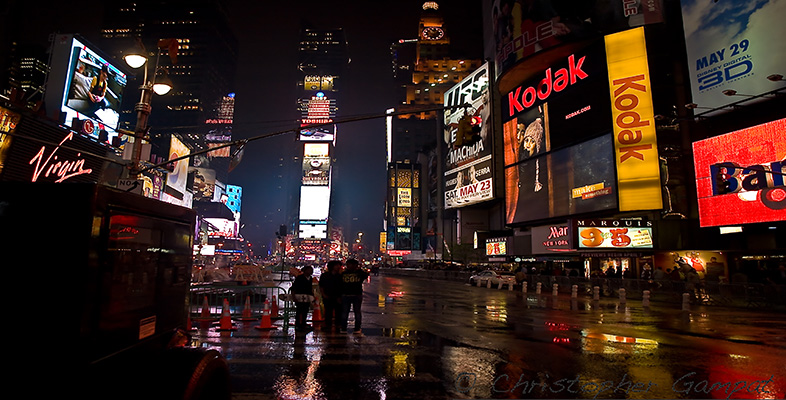3.1 The origin of brands
Brands have a long history, with their origins traced back to marks or seals that were used to specify the ownership or origin of a product. For example, in 5000 BC men drew animals in caves, giving them symbols to identify their owners (McKinny Engineering Library, 2012).
By the end of the 19th century, the industrial revolution had brought an abundance and variety of organisations and products. With the emergence of competition it became increasingly important for producers to differentiate their products in the market. Consequently producers started attributing brand names to their goods to increase their consumer appeal (British Brand Group, 2012). For example, William Lever (founder of Lever Bros) made soap an attractive product for general consumption by naming it ‘Sunlight’ and packaging it in small pieces.
Brands became a way to communicate with consumers in the marketplace. The proliferation of self-service in the 1950s intensified the communicating role of the brand. It was important to have an appealing and distinct product that would stand out on the shop shelves. Complementing this, growing television ownership combined with increasing consumer sophistication resulted in the need for brand communications to become more pervasive and more complex.
For example, consider these three television advertisements for Coca-Cola from 1955, the 1980s and 2012:
- Coca-Cola advertisement – 1955 [Tip: hold Ctrl and click a link to open it in a new tab. (Hide tip)]
- Coca-Cola advertisement – 1980s
- Coca-Cola advertisement – 2012
Notice how the first advertisement focuses on the product and its characteristics as a refreshing and energising beverage, great for a break. In the 1980s advertisement, although the product is still important, the focus is more on youth pop culture, dance and happiness. You see much less about the product’s characteristics. The final advertisement shows Coca-Cola as a global brand, highlighting its presence in worldwide events such as the Olympics.
Today’s brands exist in all forms and shapes. They include product brands (e.g. Coca-Cola, Avon and Adidas), services brands (e.g. Pizza Hut and Allianz), company brands (e.g. SAP and IBM) and even virtual brands (e.g. eBay, Google).
This expansion took brands from a sign of ownership and guarantee of good quality to a way of communicating with the marketplace, making the role and use of brands core to the organisation’s marketing efforts.
